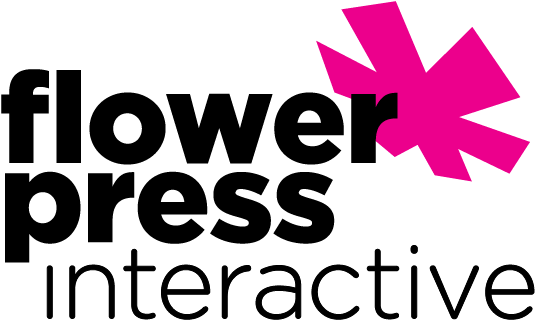
You’re a Product Manager and your roadmap for the new quarter is due soon. Your mind has frozen, and you feel something akin to writer’s block. Maybe your product is running smoothly and you’re afraid to touch it. Maybe there is pressure to grow in a very specific area and you just can’t see the opportunities. Maybe the product is in a state where it needs so much updating the options are overwhelming. No matter the reason, there are skills and solutions to overcoming this moment.
Take a breath.
Remember that almost every Product Manager has experienced this moment. Yes, there are ways to avoid last-minute roadmap planning. But there are also moments when planning simply isn’t enough.
- Rarely has any PM entered a new job and been handed a roadmap that is organized and makes sense for the product and company.
- Almost every PM working in a large corporation has had their priorities changed on short notice. At times this can mean putting an existing roadmap aside and starting over.
- Never underestimate the human factor. Some of your colleagues appear as though this does not apply to them, but everyone has at some point fallen a little behind or needed to restart.
Follow the data.
You have an analysis of customer behavior. You’ve probably looked at it countless times. Look again, and find a new way of seeing it.
- Try to find new questions to answer, even if they seem simple or unrelated to the task. The answers may lead to new information and open new avenues of thinking.
- Reformat the data. Look at it by week instead of month, day instead of week. Change the visual presentation from graph to chart. Even changing the color or font can allow your mind to find new information in familiar data.
- If you haven’t already, conduct user interviews to hear directly from your consumers why they interact with the product the way they do. The answers may surprise you, and they may have ideas of their own.
Relearn the market.
Look at what your competitors are doing. Much like data analysis, you’ve done this before, but there are new ways of seeing it.
- What small, new company or product has emerged since you last looked?
- Have subtle changes been made by the competition? Consider what those changes are building toward.
- Remember that the market includes the devices and resources that your consumers are using. As these evolve, so must your product. Think about how much Google AMP impacted website development, and how iPhone 6’s new features changed the way users interacted with apps. Roadmaps have filled up quickly with changes in technology.
Engage your team.
This is probably the most important thing you will do when creating your roadmap. You are not a team of one, and you work with people of a wide variety of skillsets. Use them.
- Engineers almost always have a mental, if not written, backlog of projects that will make the product run more smoothly, help it interact more efficiently with other product areas, or keep current with the industry.
- Designers and UX experts likely have insight into why users are interacting with the product the way they are and how it can be improved. Additionally, I have yet to work with someone from either discipline who did not have ideas that would make the product appear more refined.
- SEO experts are generally not engaged proactively enough. They are called on when things aren’t going well, but should be brought in during planning to ensure things are built in a way that maximizes SEO from the start.
- Your team works on this product daily, they have ideas, and in my experience, involving the team in planning creates a greater feeling of engagement.
Roadmap writer’s block can be an opportunity to reset and learn more about your product. It’s something most Product Managers have experienced. When handled correctly, the result is usually a more informed, prepared, and creative thinker.

